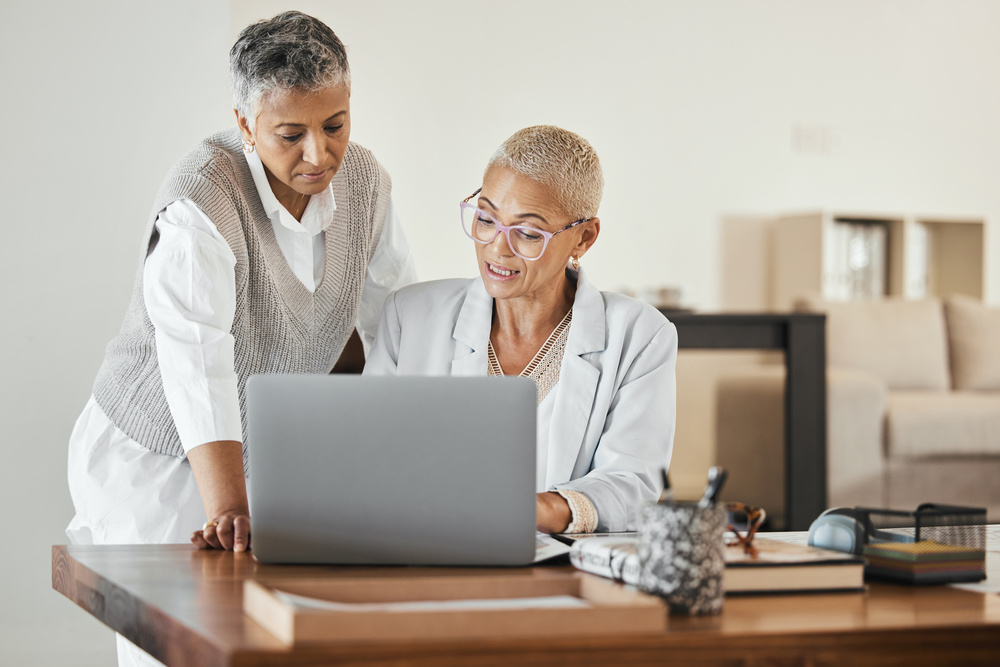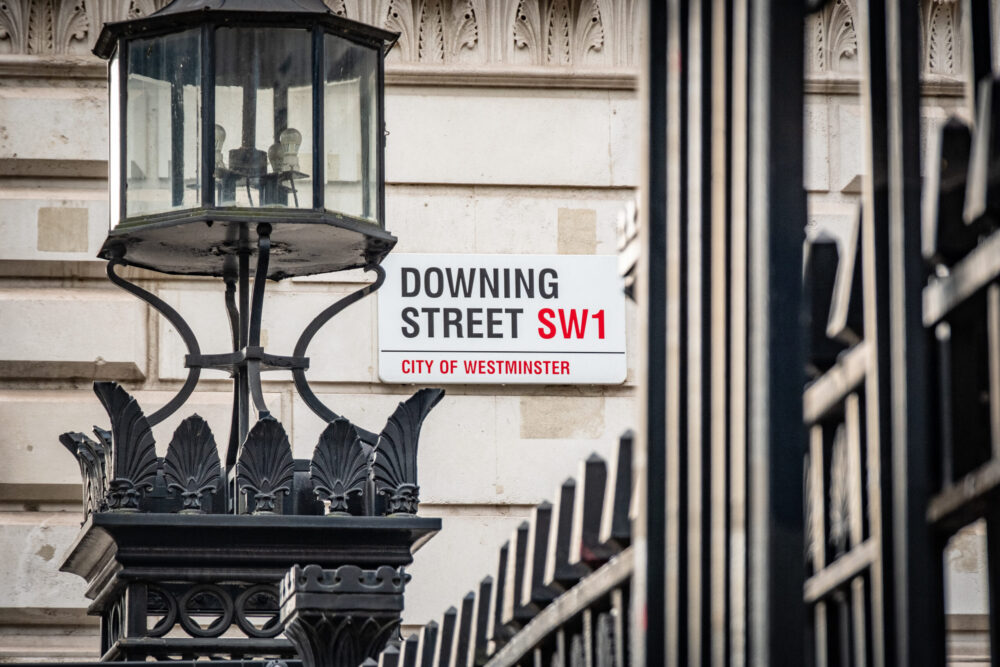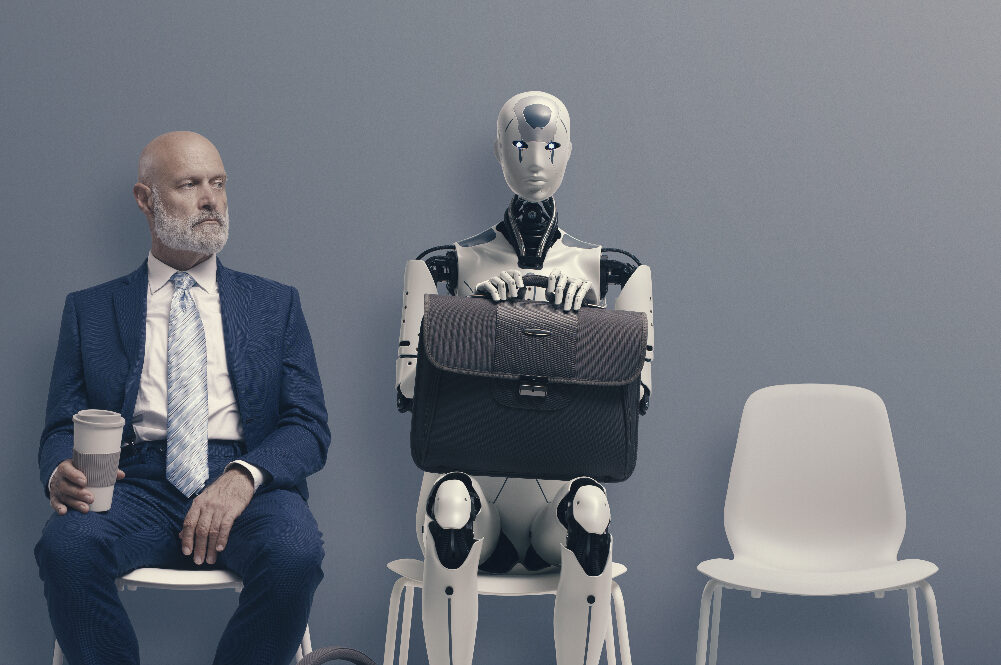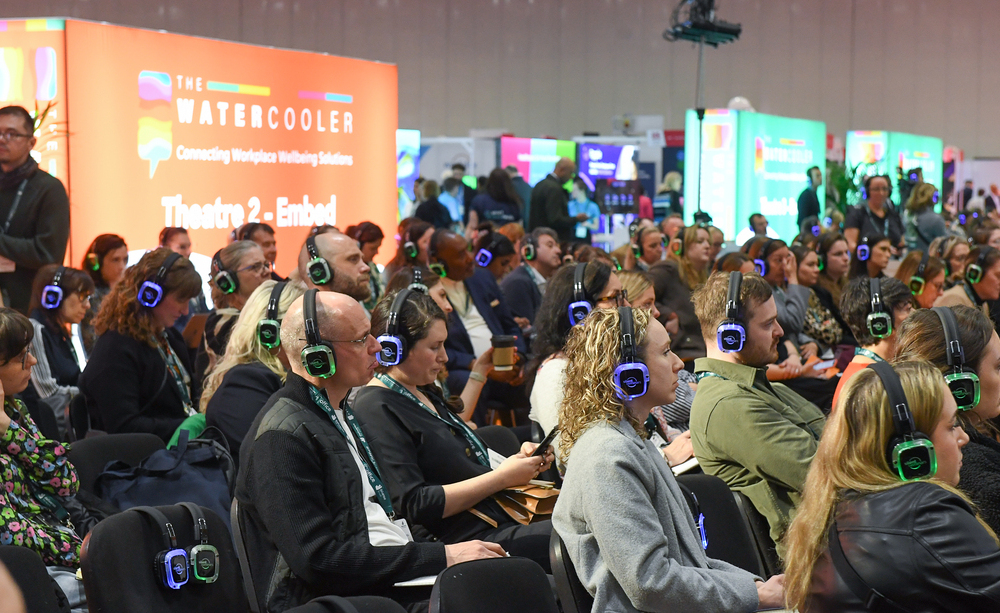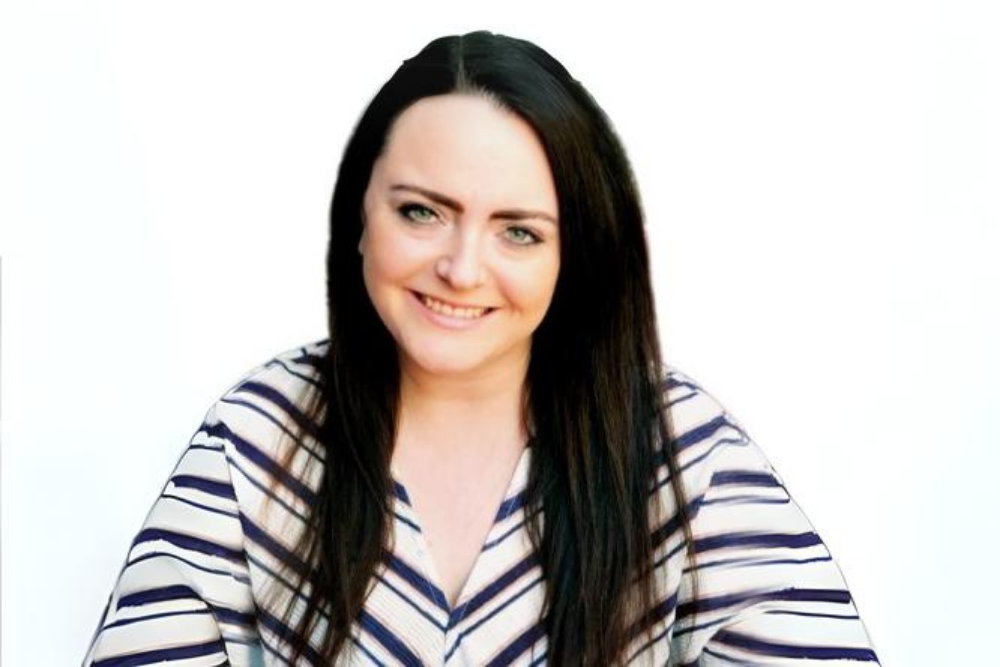Imagine being able to measure the wellbeing and productivity of your employees, by environment, so you could compare, say, the home and office environment…. That is exactly what ART Health solutions does.
We spoke to Ellie Caley, Senior Workplace and Wellbeing Consultant, who is an accredited business psychologist and who is presenting at The Office Event in April, to find out more….
What do you actually do at ART Health Solutions?
ART delivers data insights to organisations to help them make better informed decisions relating to employee wellbeing and cognitive performance. Our experts utilise scientific tools to measure aspects of the workplace that significantly impact business performance and provide aggregated findings that highlight key risks and opportunities for change.
Using data processing technology, we magnify findings and recommend tangible actions. For example, we do a lot of research around the difference between people working from home and people working in the office and how that affects their wellbeing, happiness and cognitive performance. We work on projects that can measure, understand, and observe people’s behaviour over a period of time to address any pain points, or areas the organisation wants to improve, in terms of supporting their employees.
What have you learnt about what workers want post pandemic?
People want flexibility in the way they work and how they interact with colleagues. Industry research reveals a high percentage of workers are saying they wouldn’t now work for an employer if they didn’t offer this flexibility.
What we do in terms of our research is help the employer understand the benefits and challenges that employees might be experiencing, looking specifically at productivity and performance.
Recently for example, we have specifically explored the difference between face-to-face interactions versus virtual interactions at work, both the psychological impact and impact on cognitive performance to try and inform organisations where their employees work best.
How do you measure employee behaviour?
Using wearable technology, surveys and our own purpose-built app called Omics, we are able to collect measurable data and demonstrate real, long-term impact within workplaces. We’re able to measure cognitive performance using scientific tests as proxy measurements of productivity, cognitive performance and brain health, which includes things like decision making, reaction time, attention and working memory. We combine all this data with where an employee is working from that day to paint a bigger picture of their working environment.
So you can measure how the environment is impacting wellbeing and cognitive functioning?
Yes. We can look at physical elements such as noise, temperature and lighting as well as things like mood using Likert scale measures, in particular stress, happiness and desirability of the workspace.
At ART, our team brings together knowledge from the forefront of human performance research, underpinned by an academic foundation, which blends hands-on experience and professional qualifications in areas like physiology, psychology and nutrition.
In addition, our innovation team uses their expertise in data science, to investigate AI and predictive modelling for stress which enables us to be uniquely positioned to translate cutting-edge scientific discoveries into practical, actionable strategies tailored for the workplace.
From all this work you’ve done with clients so far can you share any general learnings about the biggest impacts of our environment on our wellbeing?
Absolutely. Part of what I’ll be speaking about at The Office event is one of our projects with GSK, where we created a workspace to test different elements of workplace design and innovation to see how they impacted wellbeing and cognitive performance.
One of the biggest learnings we’ve discovered is how a simple solution such as circadian lighting dramatically improves people’s cognitive performance and decision making. We’re also able to discover the optimal working temperatures, the impact of ergonomics and sit-stand desks and even how curved screens differ to single flat monitors in how they impact productivity.
How does a client take your insights and use them, then?
The insights help inform their workplace design and create standards that can be applied throughout the whole organisation. They can be used as evidence to support the implementation of those standards, and large-scale business decisions.
The insights also help employees as individuals make better decisions for their wellbeing. At least three quarters of people who’ve participated in our projects have said that their wellbeing has improved as a result.
What have you learnt about the home office compared to going into the office?
Looking specifically from an accessibility and inclusion perspective, we ran a project to see how people’s workplace adjustment requirements were facilitated. People found that their accessibility requirements were more easily and readily met when working in the office environment, compared to their home set-up.
Research has also shown that a big difference between working from home versus the office is the commute. There’s a recognition now that the office has to “earn the commute” by creating a better experience that is worth travelling in for.
By contrast, people working from home do typically work longer hours than they might in the office – you can wake up at 7am and log straight onto your laptop, you’ll probably take less breaks, and have less social, spontaneous interactions too.
Have you had any other interesting findings on the office environment?
We completed a research project on microbreaks and asked people to work for a period of time and then take either an active break for 10-15 minutes, or a mindful or meditation break. Then we asked them to complete a cognitive task. What we found was that both types of breaks showed significant improvements in productivity and that time away from a screen helps us to refocus.
But, in a way, it’s harder to take breaks at home because you don’t have so many natural breaks, when people come to your desk, etc?
Absolutely. But, also, I’ve just been analysing some research around the reasons why people don’t take breaks in the office and over 60% said it was because of workload and back-to-back meetings. There are still challenges associated with hybrid work that mean work overload and virtual meetings can sometimes be a barrier for people practising healthy behaviours and taking regular breaks.
What can people do to improve our culture around meetings?
We build recommendations into our reports to support organisations in making positive change, for example one company has now mandated that people only book meetings for 20 minutes, leaving 10 minutes at the start or end for people to take breaks.
We try to practise what we preach at ART and, for example if I see someone has back-to-back meetings, I’ll put a meeting in for 20 minutes instead of 30 now. We’re all guilty of having periods of time when we don’t move from our desk, but the role of our data is to show organisations the results in changing healthy behaviours so they can support their employees to improve their health and wellbeing.
You’re a business psychologist so I’m going to ask you the million-dollar question – how do we get the behaviour change that we want?
One key thing is habit formation. You can’t ask people to change overnight, but data insights can help encourage change.
For example, we’re working with GSK as they prepare to move their global headquarters from Brentford in West London to Central London. For people who live near the current office and drive in every day, the commute will be a key change. So, we’ve been doing some research around ‘active’ commutes, where people incorporate exercise into their journey, whether that’s walking, cycling or running.
We’ve found that people who actively commute cognitively perform better and feel less stressed. Again, we’re using this data to support interventions to inspire people to adopt these healthy behaviours into their day.
We’re also combining this with other research out there, such as the University of Edinburgh’s study recently that showed a 15% increase in happiness among those who actively commute.
You talked about companies ‘earning the commute’ – tell me more about creating an environment worth the time travelling to…
There are many ways to create a great workplace experience and provide people with the autonomy over what supports their working style. This could be a range of food and beverage facilities, or gym and fitness facilities. At GSK’s new headquarters for example, there’s a whole floor dedicated to wellness, plus relaxed seating and outdoor terraces – different work settings for people to choose from.
The world of work has changed and flexible working is here to stay, but the data is suggesting you can’t get the same social interactions, collaboration and opportunities at home, so again it’s about ‘balance’.
Also, I guess there’s the need to balance our energy as some days in the office will be more energy-taking than others at home?
Yes. Just like an athlete needs to recover the day after running a marathon, an employee may have used a lot of mental energy after a day of workshops and may need that recovery period too, as well as a good night’s sleep. They may benefit from working at home and not needing to have as many social interactions the next day.
We’re all about the balance of the two; high performance and recovery.
Come and listen to Ellie speak at The Office Event








